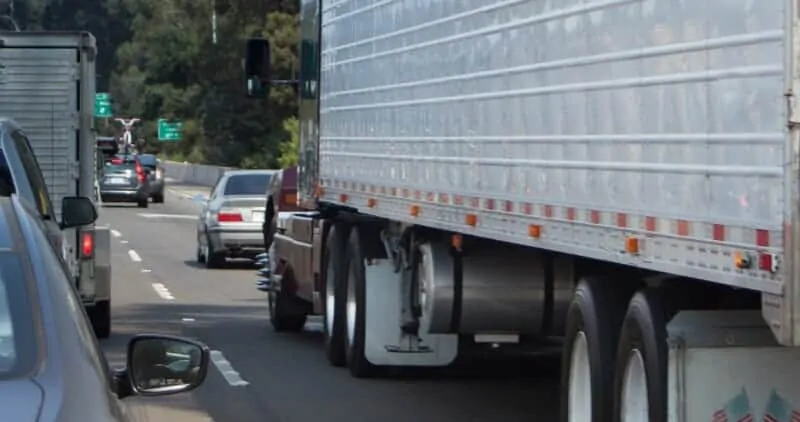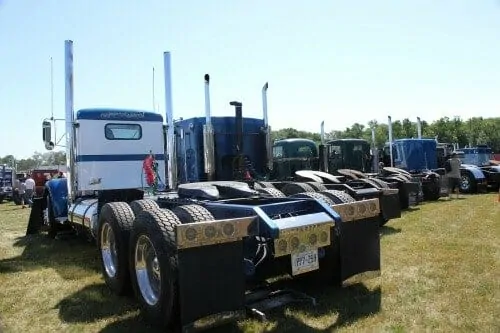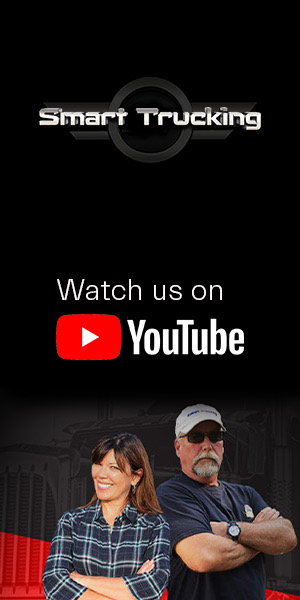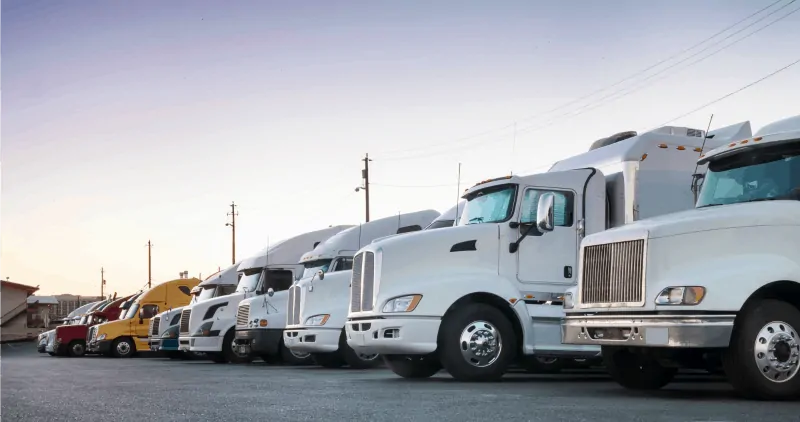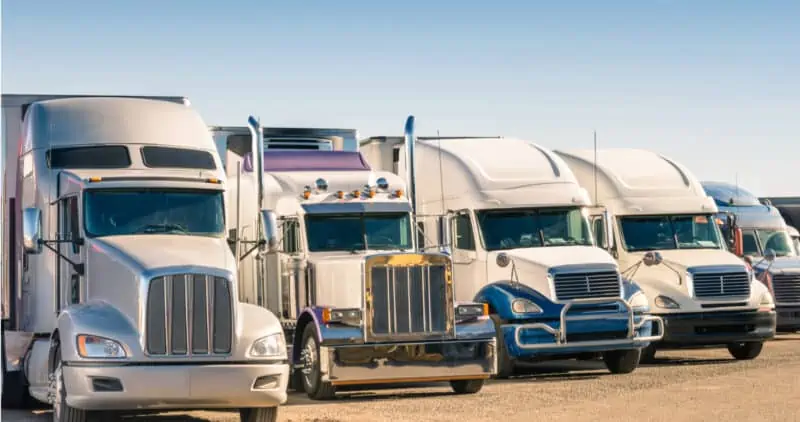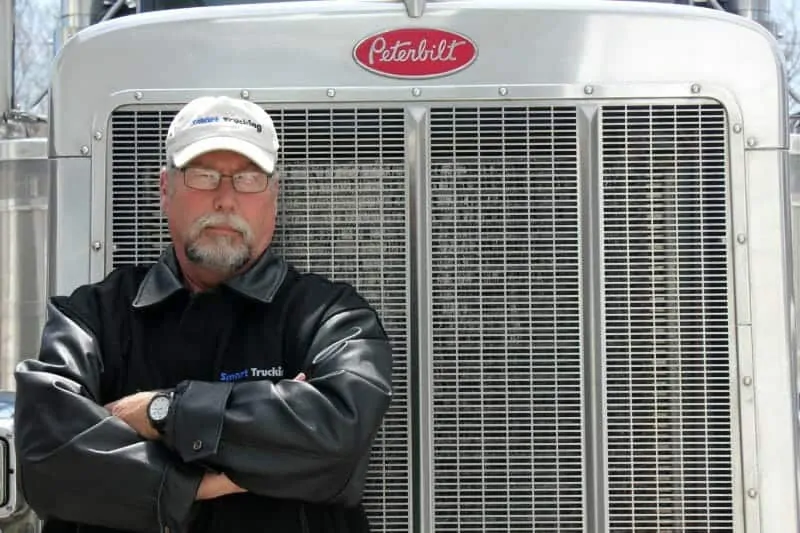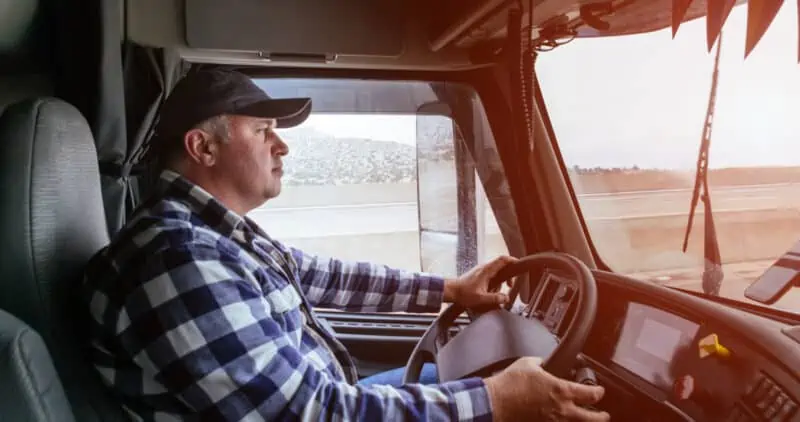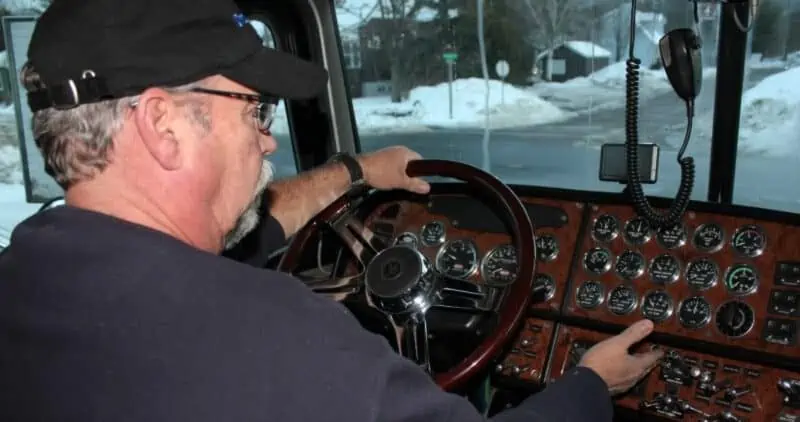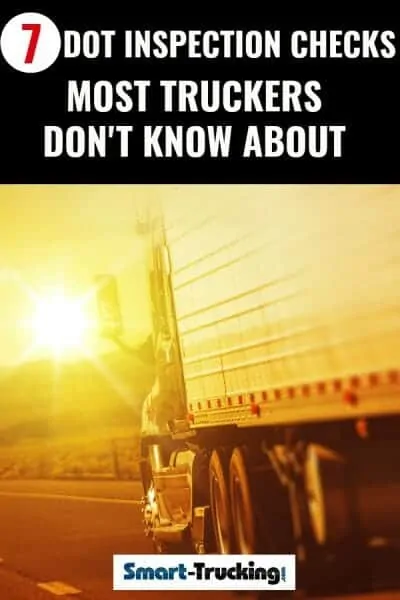
Most truckers are not aware of some of the checks performed at DOT roadside inspections.
I was thinking back to my last inspection in the state of Mississippi.
The DOT officer who pulled me over was a fair and decent guy.
When he was finished the official inspection, we talked for quite awhile.
Wow, did I learn a few things! He had been checking some things that at the time I was not aware of.
Here are some of the highlights from our conversation about some of the secrets of roadside DOT inspections, which will hopefully help you as a professional driver.
7 Not Commonly Known DOT Roadside Inspection Checks
1. Stay in the Truck So We Can Check You Out
Years ago, if a driver was pulled in by a DOT officer, the driver would present their log records, bills of lading, operating authority and walked back to meet the officer.
Now, the officers don’t want the truck driver to leave the truck. They mostly insist the driver stay seated in the vehicle with both hands on the wheel and seat belt on, until they get up to the door of the vehicle. Then, they ask the driver to open the door and begin a conversation with the driver.
The purpose of walking up to the truck with the door open, is so the officer can look at the inside of the cab, especially on the floor of the truck.
The officer is actually doing a ‘sniff test’ for drugs and alcohol as soon as the door is opened. as well as looking for anything else incriminating on the floor. He looks for anything from an empty beer can to tiny burns on the carpet or seats, burns from marijuana seeds.
Very small round burn marks in the carpet or upholstery are different from those left from cigarettes. The DOT officer can tell the difference between the two substances. Detection of these marks could give them probable cause to look in the cab for drugs. If the driver refuses, the DOT can call the state troopers and the truck would be searched in their presence.
Personally, I’m not a smoker at all, however, I would think this process would give a tobacco smoker with burned marks in his truck carpet or upholstery, cause for concern.
The Mississippi officer also stuck his head right into the cab of my truck.
He said he was looking for a clean and organized interior – A sign of a driver with his ‘ducks in a row’.
Like the police, DOT inspectors are trained to observe as much can be determined from what they see.
2. Let’s Talk
Something else the officer will do is engage the driver in conversation. A nervous driver will make mistakes when talking, such as where he last stopped for a coffee.
The officer will then check the time the driver states against his log book, attempting to catch him in a lie.
Officers will often ask trick questions when carrying on a conversation, hoping to find out if the driver is trying to hide anything.
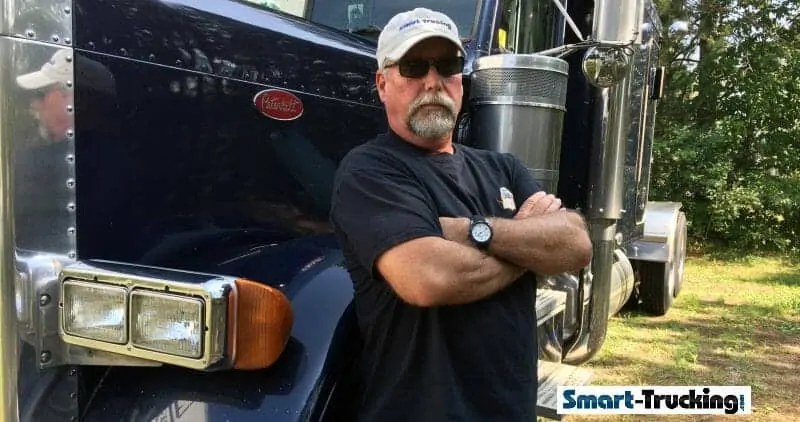
3. Tires
During the circle check part of the inspection, the officer pulled outward on a steering axle tire, stating that if that motion emitted a popping noise, it was an indication there were bad bearings in the wheel.
4. Paint Can Raise Suspicion
This officer’s vehicle inspection was very thorough. He even looked for rust or fresh paint, perhaps indicating weak metal, which would be a cause for further scrutiny.
He commented that painting a rusty tire rim is sometimes done to hide a crack in the rim which falls in line with the ruling that anything deemed to hide a defect is an automatic out of service.
5. No Spare Tire
Not having a spare tire secured in the tire rack is also an automatic out of service.
Related > Handy Truck Driver Tips For Handling a Big Rig Breakdown
6. Reflective Tape
I asked this DOT inspector if missing reflective tape was an automatic out of service. He indicated that issue was at the discretion of the inspecting officer.
I know for a fact that Iowa, in their DOT CSA inspection, is very strict on this issue.
7. Trailer Attachment
The officer said the number of violations involving faulty fifth wheel attachment to the trailer and unsecured tandem sliders were alarmingly high and something they focused on.
Uncommon Things Inspectors May Look For – By Truckers
Some great tips from truck drivers on ‘uncommon things’ inspectors will look for.




Learn From Each Inspection
Knowledge is power.
Learn from each inspection you experience and listen to the inspector.
As a professional, be sure to add what you’ve learned to your knowledge bank. It will make you a safer driver.
